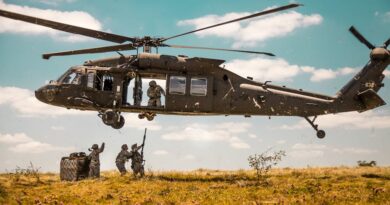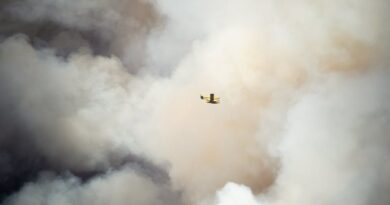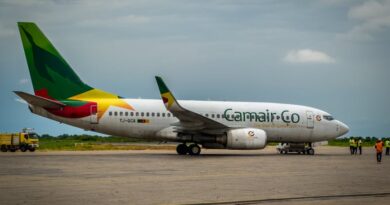How to Prevent Common Aviation Accidents
Did you know that in 2022, there were about 1,500 aviation accidents worldwide? While that sounds alarming, many of these incidents are preventable. Understanding how to avoid common aviation accidents can make flying safer for everyone. Lets dive into what you can do to help prevent these incidents.
What Are the Most Common Causes of Aviation Accidents?
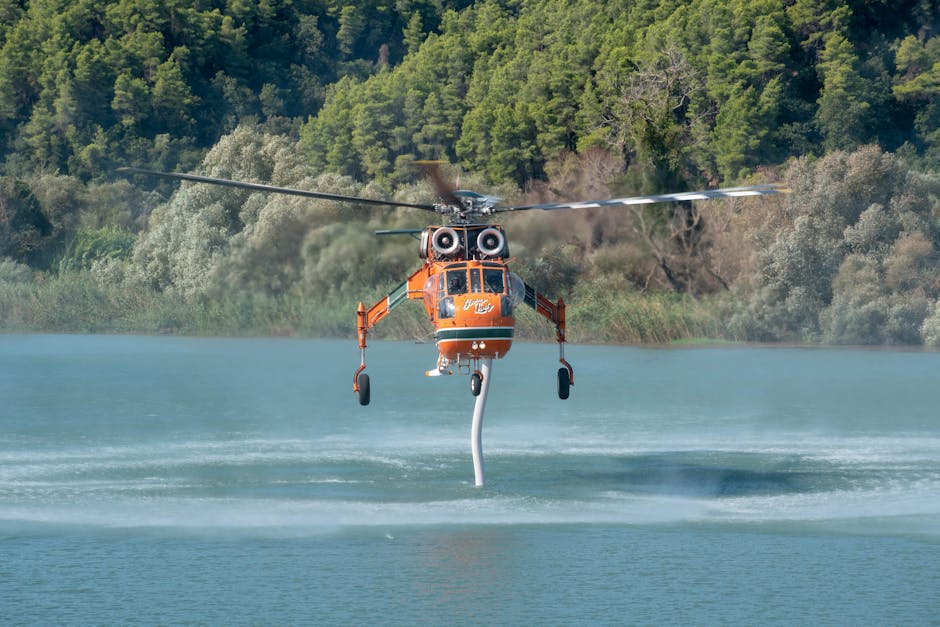
Aviation accidents can stem from various factors. Here are some of the top causes:
- Pilot error: This is the leading cause of many aviation accidents. It often occurs due to miscommunication or poor judgment.
- Mechanical failure: Sometimes, planes experience issues like engine failures or system malfunctions.
- Weather conditions: Bad weather like storms, fog, or icy runways can lead to accidents.
- Runway incursions: This happens when aircraft collide on the ground, often due to miscommunication or confusion.
Recognizing these causes helps us understand how to prevent them. Lets look at some effective prevention measures.
How Can Pilot Training Improve Safety?
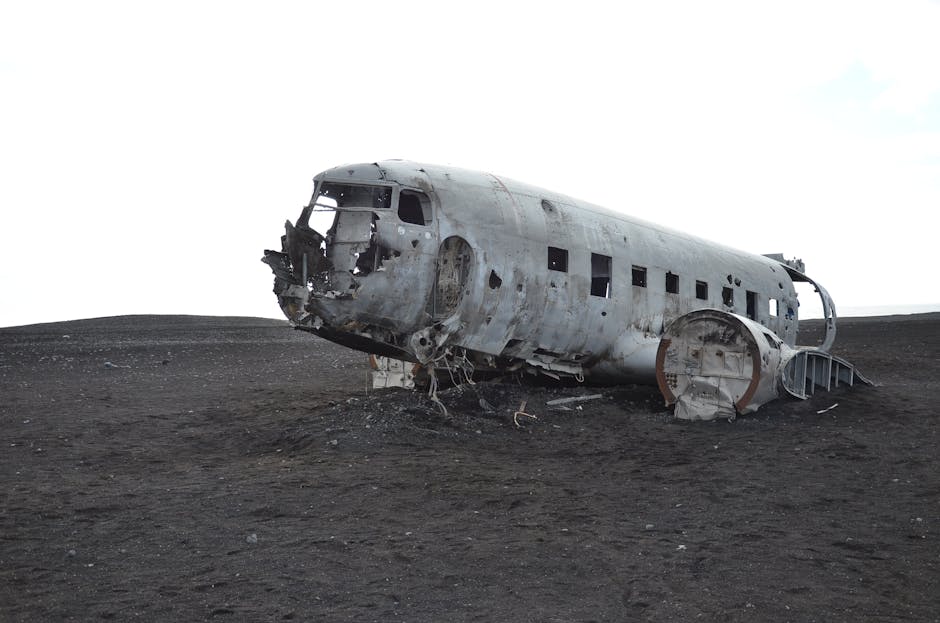
Proper pilot training is crucial. Well-trained pilots can make better decisions in challenging situations. Heres how to enhance pilot training:
- Regular simulations: Using flight simulators helps pilots practice emergency scenarios without real-life risks.
- Continuous education: Pilots should take refresher courses to stay updated on new technologies and methods.
- Peer reviews: Learning from colleagues can provide new insights and improve skills.
According to the International Air Transport Association (IATA), well-trained pilots significantly reduce the risk of accidents. The more prepared a pilot is, the better they can handle unexpected events.
Why Is Maintenance Important for Aircraft Safety?
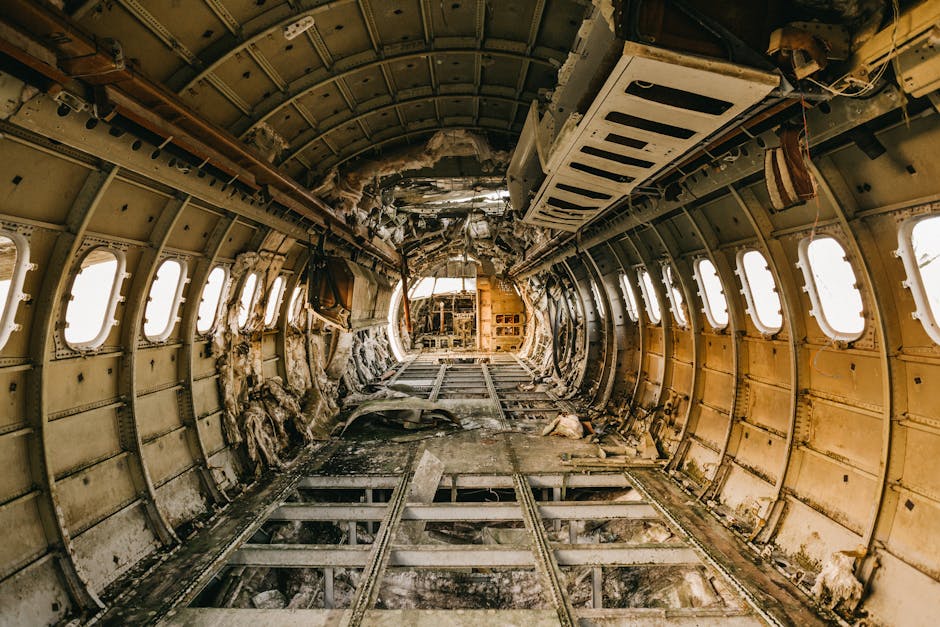
Just like a car needs regular check-ups, airplanes require ongoing maintenance. Proper maintenance can prevent mechanical failures. Here are some key points:
- Regular inspections: Aircraft should undergo routine checks to catch potential issues early.
- Use of skilled technicians: Only qualified mechanics should work on aircraft to ensure safety standards are met.
- Timely repairs: Addressing any mechanical problems immediately can prevent bigger issues down the line.
By prioritizing maintenance, airlines can minimize the risk of in-flight issues that lead to accidents.
How Can Weather Awareness Prevent Accidents?
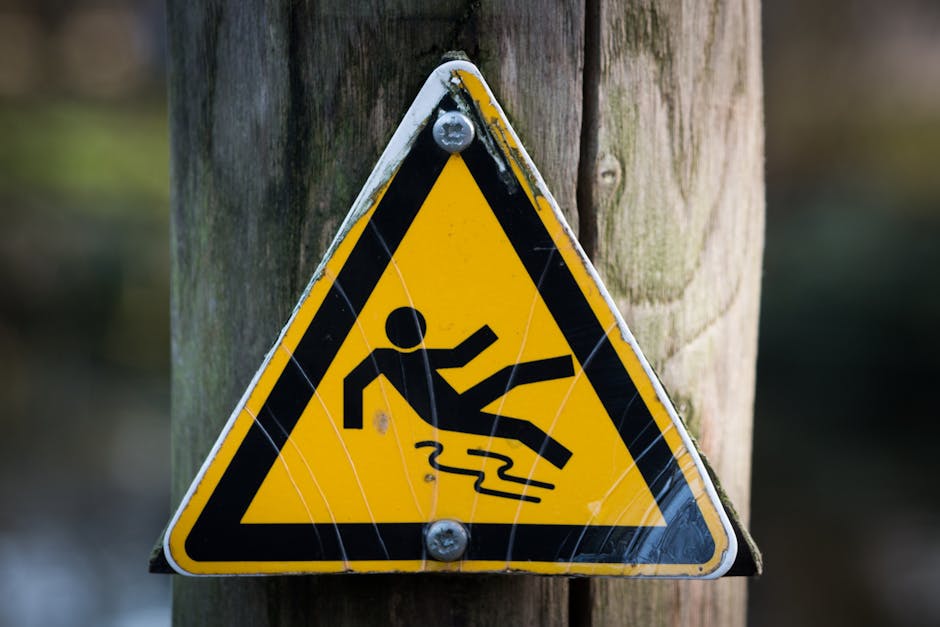
Weather plays a huge role in aviation safety. Pilots need to be aware of current conditions and forecasts. Heres how they can do that:
- Check weather reports: Before takeoff, pilots should review local and route weather conditions.
- Use technology: Modern aircraft come equipped with weather radar to help pilots navigate safely.
- Plan alternative routes: Having backup plans can help pilots avoid severe weather.
According to the National Weather Service, a significant number of accidents occur due to poor weather decisions. Being informed can make a difference.
What Role Does Communication Play in Aviation Safety?
Clear communication is vital in aviation. Miscommunication can lead to accidents, especially during takeoff and landing. Here are ways to improve communication:
- Standardized language: Using standard phrases helps eliminate confusion between pilots and air traffic controllers.
- Pre-flight briefings: Conducting briefings ensures everyone is on the same page regarding the flight plan.
- Team communication: Cabin crew and pilots should regularly communicate throughout the flight.
Effective communication can prevent misunderstandings that might lead to accidents on the runway.
How Can Passengers Contribute to Safety?
Believe it or not, passengers can play a role in maintaining safety too. Heres how:
- Follow instructions: Pay attention to safety briefings and follow crew instructions.
- Report issues: If you see something unusual, inform a crew member.
- Stay calm: In emergencies, staying calm helps everyone focus on safety.
Passengers are often the first line of defense when it comes to noticing problems. Being proactive can make a big difference.
What Are the Benefits of Safety Regulations?
Safety regulations play a vital role in aviation. These rules are designed to protect everyone involved. Here are some benefits:
- Standardized practices: Regulations ensure that all airlines follow the same safety protocols.
- Accountability: Regulations hold companies responsible for maintaining safety standards.
- Public trust: When people know there are strict regulations, they feel safer flying.
According to the Federal Aviation Administration (FAA), safety regulations have significantly reduced accident rates over the past decades.
Can Technology Help Improve Aviation Safety?
Technology is changing the way we think about aviation safety. Here are some key advancements:
- Collision avoidance systems: These systems alert pilots of potential collisions and can even take control if necessary.
- Real-time monitoring: Technology can monitor aircraft systems in real-time, sending alerts if something goes wrong.
- Advanced weather forecasting: Better forecasts allow pilots to make informed decisions before and during flights.
As technology advances, it helps create safer flying environments for everyone.
What Should We Remember About Preventing Aviation Accidents?
Preventing aviation accidents is a shared responsibility. From pilots and maintenance crews to passengers and regulators, everyone plays a role. Here are some key takeaways:
- Understanding the common causes of accidents helps us recognize how to prevent them.
- Regular training and communication among pilots and crews are essential.
- Staying informed about weather conditions can save lives.
- Passengers should actively participate in safety protocols.
By focusing on these areas, we can work together to ensure safer skies for everyone.
For more information on aviation safety, check out the FAA website.
In conclusion, preventing common aviation accidents isn’t just the responsibility of pilots and airlines. We all have a part to play. By staying informed, communicating effectively, and following safety protocols, we can help ensure that flying remains one of the safest modes of transportation. So, the next time you fly, remember that your actions contribute to a safer journey for everyone.

